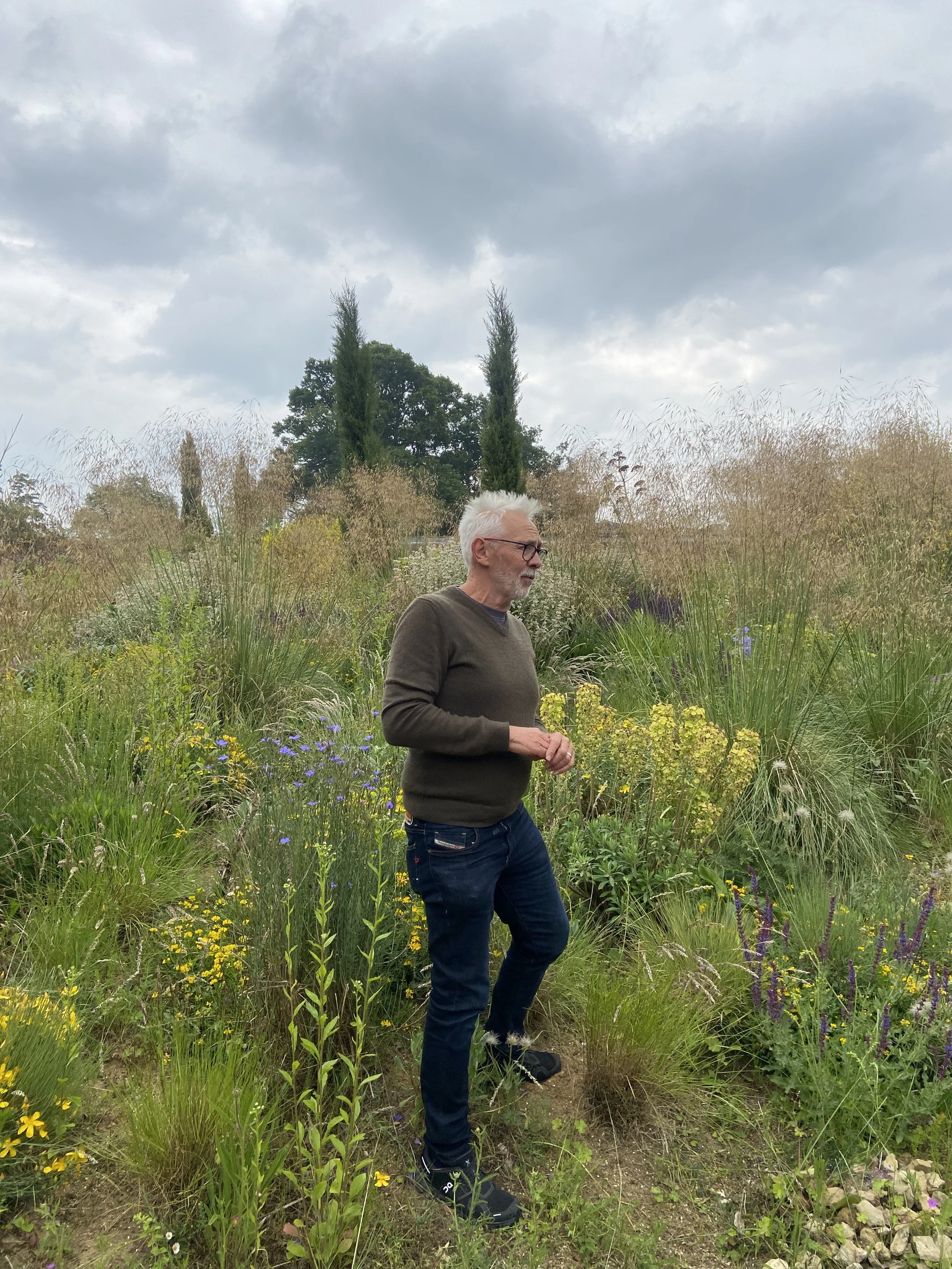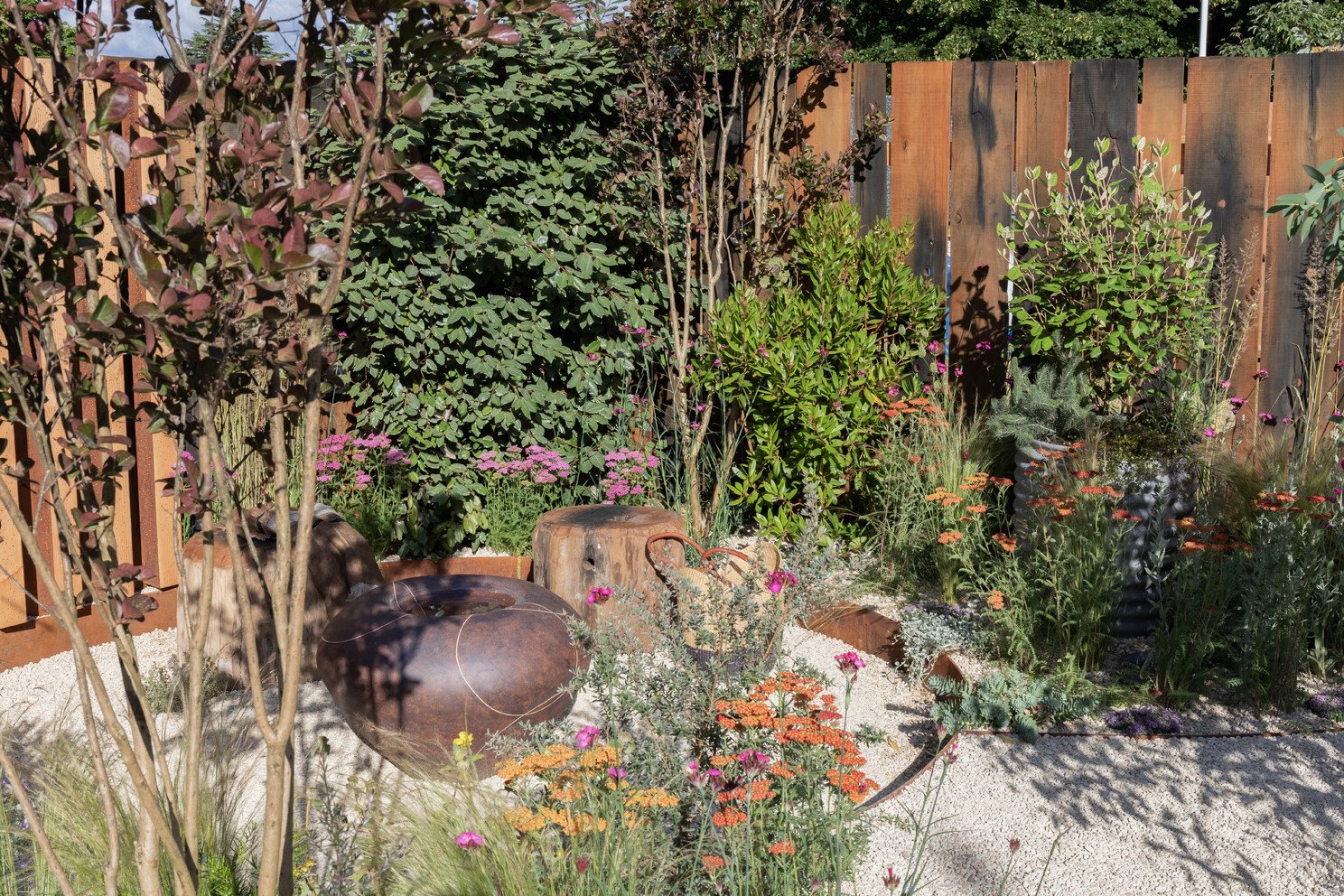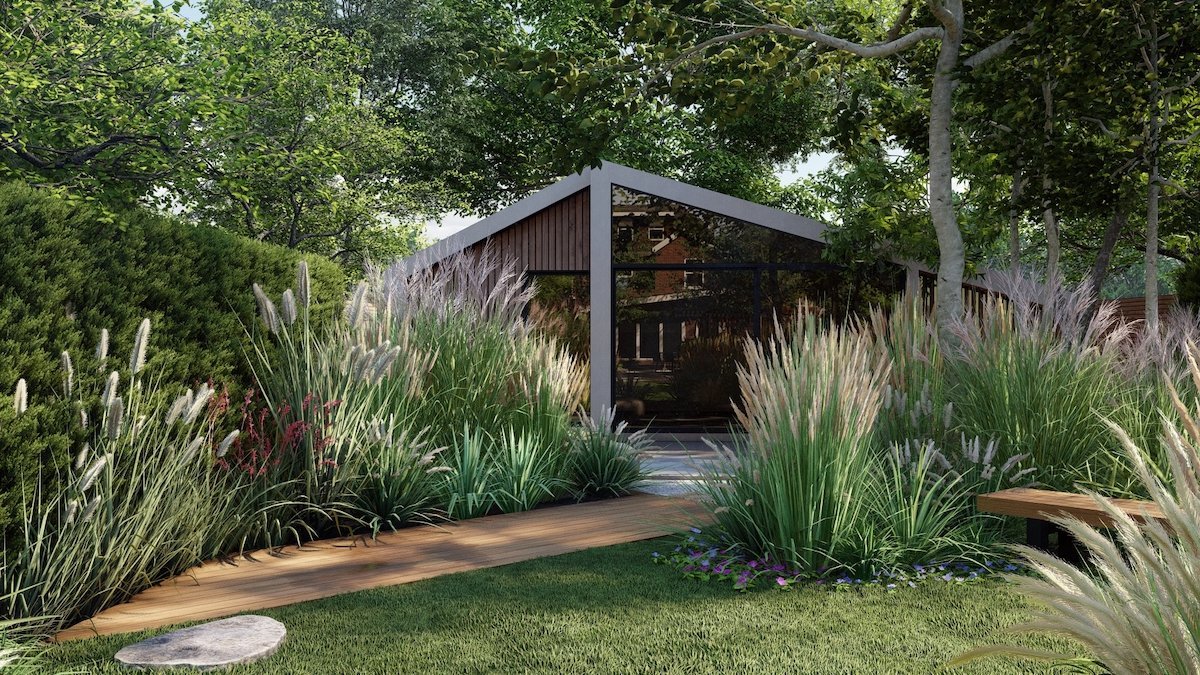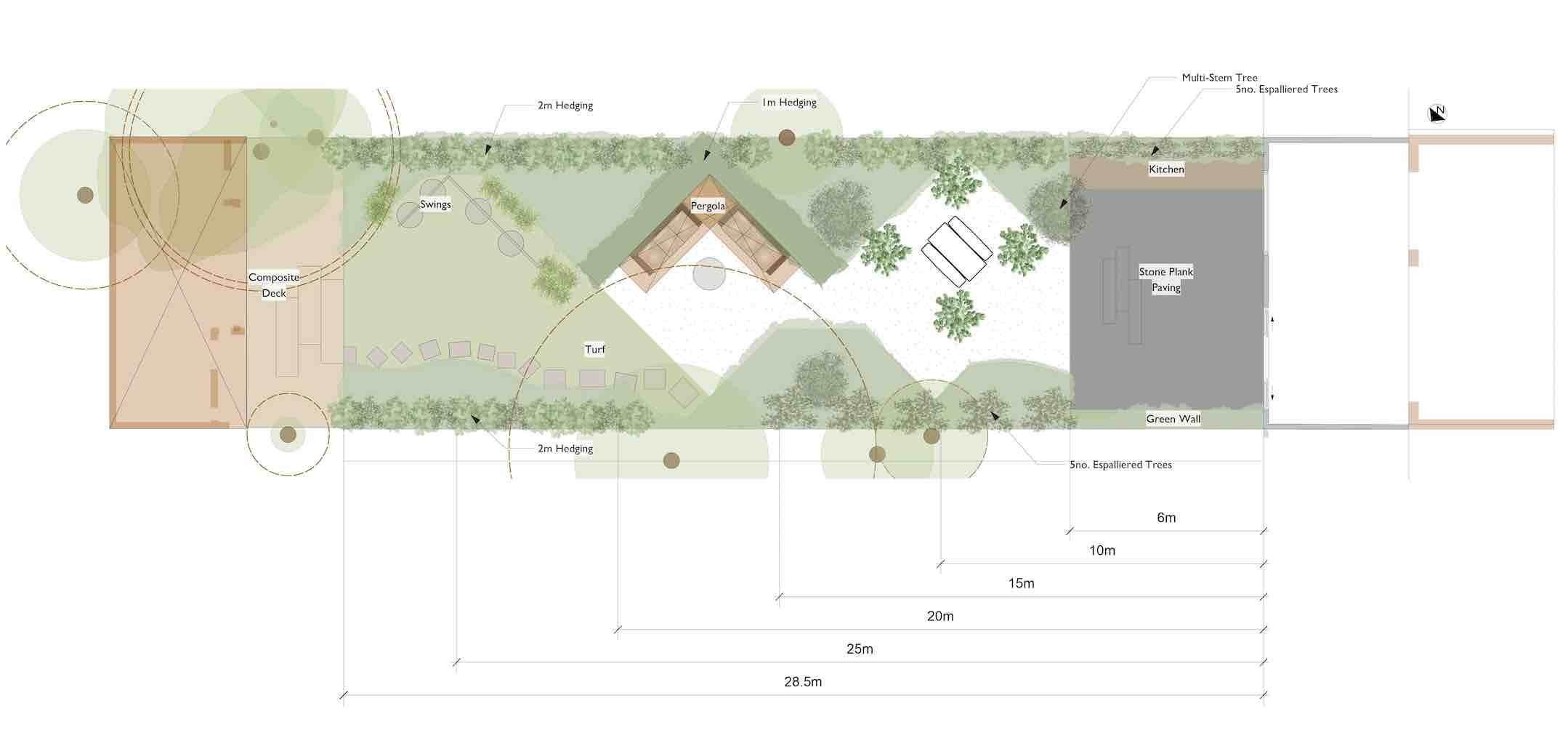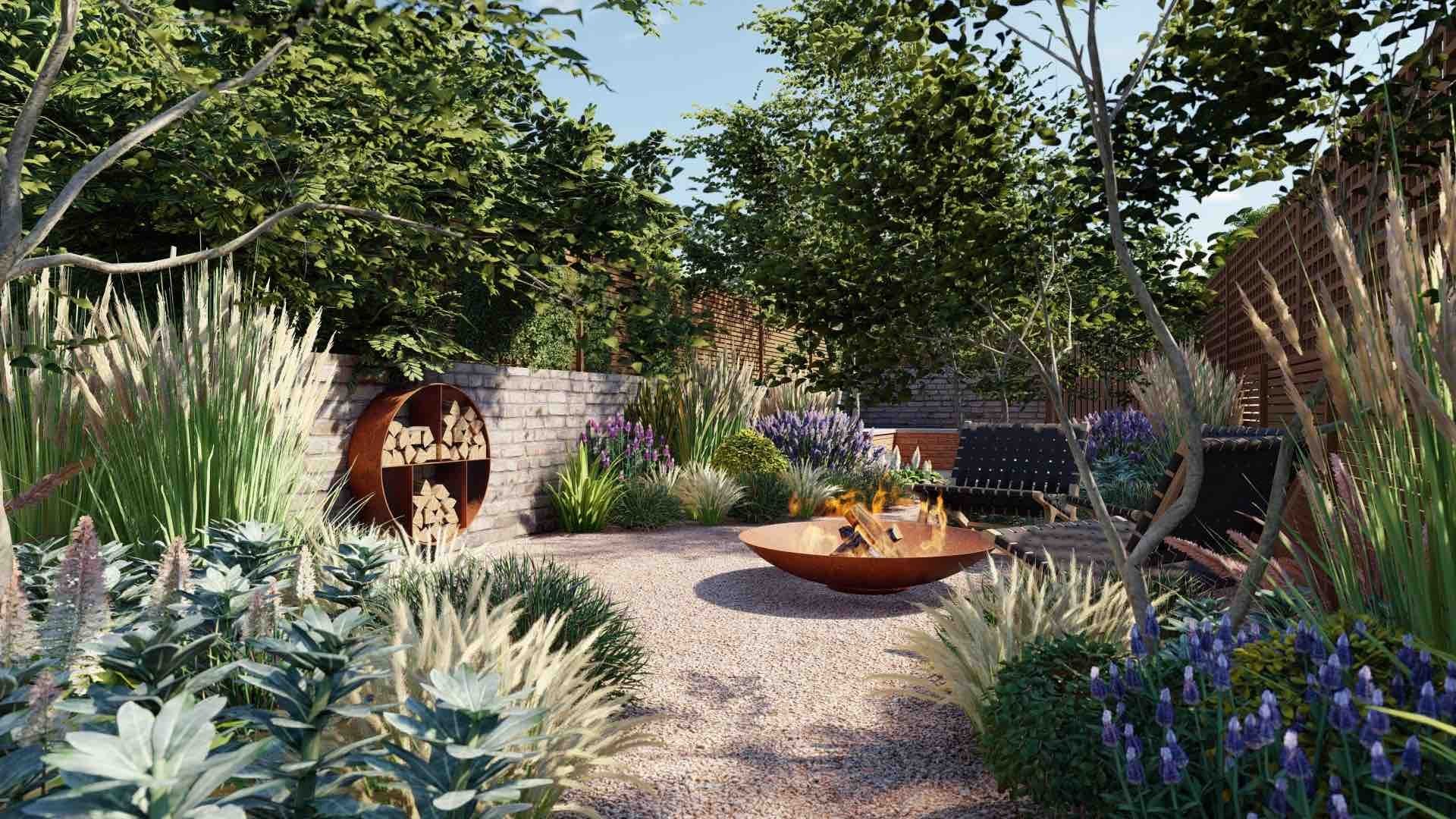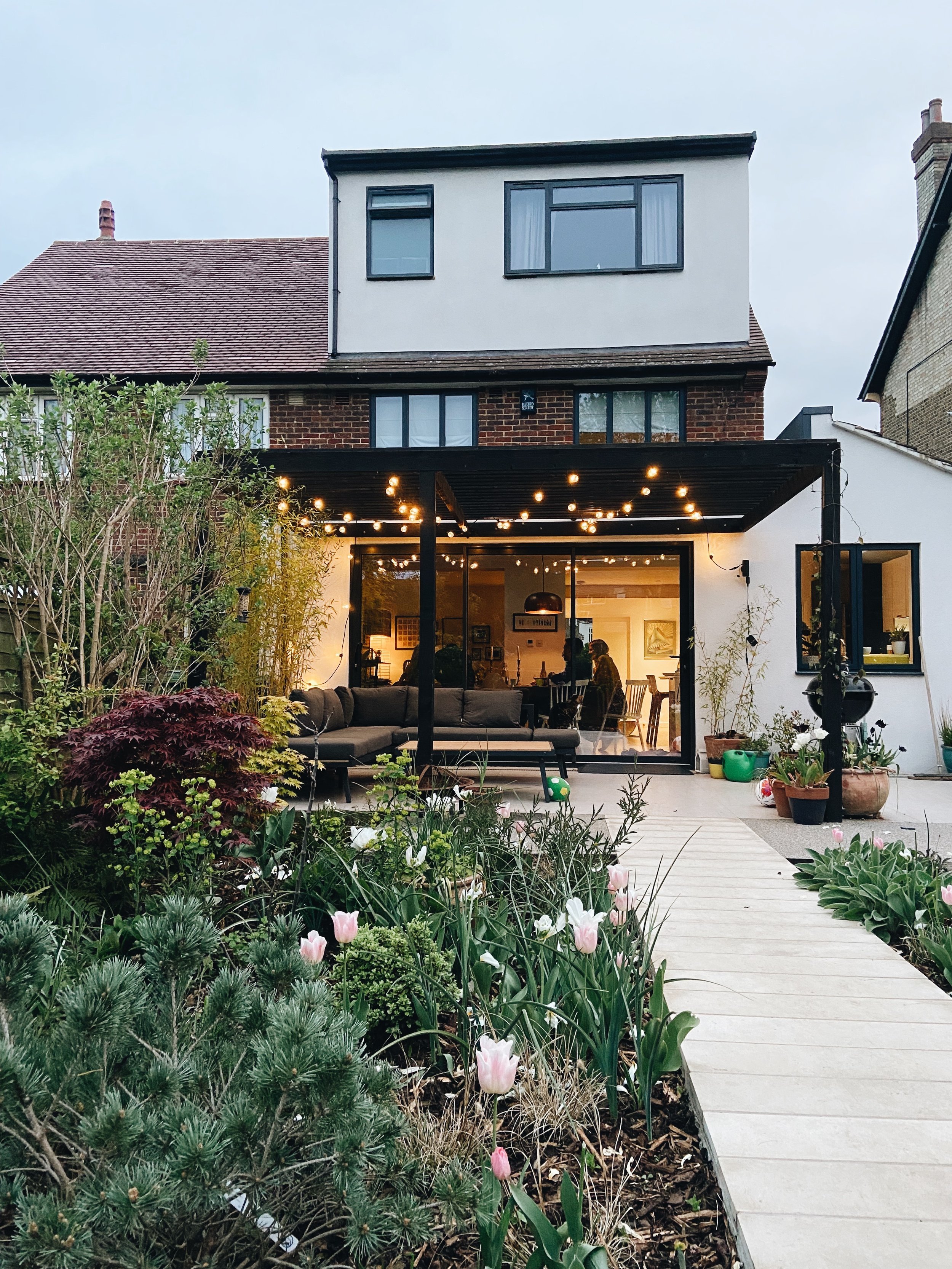Large scale naturalistic planting
Creating Wildlife Gardens on Large Landholding: A Naturalistic Approach
From acres to multi-site estates, I know the power of naturalist planting and respect for the soil to transform ecologies, wildlife and our own connection tot he land.
From within a walled garden, to out into fields, hedgerows and verges, we have the opportunity on your holding to create truly transformative, regenerative wildlife habitats that are beautiful too.
Drawing on naturalistic planting principles pioneered by researchers like Professor James Hitchmough at the University of Sheffield, and Nigel Dunnet, I use naturalistic planting principles for large-scale wildlife benefit that gives you gardens and habitats that require only selective intervention.
The Naturalistic Planting Philosophy
The native-first principle is strong in Australia, where I learned to garden, and where Professor James Hitchmough taught at our Burnley school of horticulture at the University of Melbourne.
Broadly, his approach can be described as rather than fighting against natural processes, embracing ecological principles to create plantings that mimic wild plant communities.
If you are already considering ways to manage meadow systems, woodland edges and wetland margins at scale, you may have read his work.
The key lies in understanding plant communities as dynamic systems rather than static compositions. Hitchmough's research demonstrates that by carefully selecting species that naturally coexist and employing appropriate establishment techniques, we can create visually stunning landscapes that also function as robust wildlife habitats.
A walk around Sheffield's Green Estate showcases how perennial meadows can be established through direct seeding, creating diverse plant communities that support pollinators, birds, and small mammals.
We can execute a tailored, bespoke plan akin to many of these pocket sin Sheffield on your acreage, or walled garden.
Soil Enrichment: The Foundation of Success
What lies beneath is key to plant health, and truly, to the health of our planet.
I work with a soil-focused product in all my planting, to enrich the microbiome that fuels each plant.
Much like the very fashionable gut biome research at Zoe, led by Dr Tim Spector and Dr Sarah Berry, this biome fuels so much more than we ever knew.
Of course the bacteria in the biome knew, and the plants knew, We just had not noticed until fairly recent times.
However, this is not your traditional western notion of always adding nutrients, mulch and more water.
You will also have read about how we can and should be planting in poor substrates and that many plants demand, or expect those conditions. The perfect soil is not a deep, peat-filled high nitrogen mix from a garden centre.
Contrary to conventional gardening wisdom, enriching soil isn't always beneficial for wildlife gardens. Hitchmough's research emphasizes that many of our most valuable wildflowers and the insects they support have evolved on nutrient-poor soils. On large sites, this principle becomes especially important.
For meadow creation, reducing soil fertility increases plant diversity by preventing aggressive grasses and nutrient-loving species from dominating. This is a generalisation of course. The resulting lower-fertility conditions favor wildflowers like oxeye daisies, knapweeds, and scabious—plants that provide crucial nectar sources throughout the growing season.
On the woodland edge, you will find my plantings with deep, dark, rich leaf mould and compost to supports the establishment of shade-tolerant species while improving soil structure and moisture retention. These two conditions are what are expected of these two completely different environments.
Implementing at Scale
It can be overwhelming to take on a large site but if you have managed land over generations, you will have a sense of what grows well in each area. The sloped woodland, or coed, is no good for arable. The upland is only for summer grazing etc. Microclimates about and we are all familiar with frost pockets, winterbournes and dew ponds lying just where they should.
We can join the patchwork of a large site together to create habitat corridors connecting different zones. This can specifically create a runway for bats for instance from ancient woodland roosts to feeding grounds.
We can ensure rootling from livestock causes just the right amount of stress and adamage to trigger plant communities into growth.
Deep survey work begins here and we often find old land drains that may well still serve us, spring connections and information from old maps that can lead to better regeneration. We respect the old ways when the old ways respected the land.
We plant with seed, plugs, large established trees, whips depending on the site and needs. It’s common to think we only scatter seed, but some plants will take best introduced as small plugs. Because we’re human, I often will introduce a beautiful specimen that’s mature and striking so we have something instant to look at.
Long-term Development
Planting is never static and we cannot hold a “look” in place forever. We know that if a patch of earth was left bare for five yers we would see a different plant community almost each year. As it is with any planned estate. Our plants go in at the stage of development they are at, we may enjoy them for some years, then we may choose to flay them and come back to say the second year of their growth phase. In this way, the look of a site will always change. This is a good thing. We know that we cannot hold planting in a static Victorian bedding-like stasis forever.
We adapt the management and development of each area of land, spotting opportunities to rootle, to remove, to add more and to harvest.
Much like your home garden we are leaving grasses and seedheads over winter for our own enjoyment, and for wildlife habitat and shelter and fuel.
By allowing the complex planning and management of naturalist planting, you get the joy, the wildlife and the soil improvement as well as being at the forefornt of the current thinking about what makes us good citizens of this earth, and custodians of the land.
References
Hitchmough, J., & Dunnett, N. (2004). The Dynamic Landscape. London: Spon Press.
Hitchmough, J. (2011). "Exotic plants and plantings in the sustainable, designed urban landscape." Landscape and Urban Planning, 100(4), 380-382.
Hitchmough, J., & de la Fleur, M. (2006). "Establishing North American prairie vegetation in urban parks in northern England." Landscape and Urban Planning, 77(3), 285-299.
Dunnett, N., & Hitchmough, J. (2004). The Dynamic Landscape: Design, Ecology and Management of Naturalistic Urban Planting. London: Taylor & Francis.


